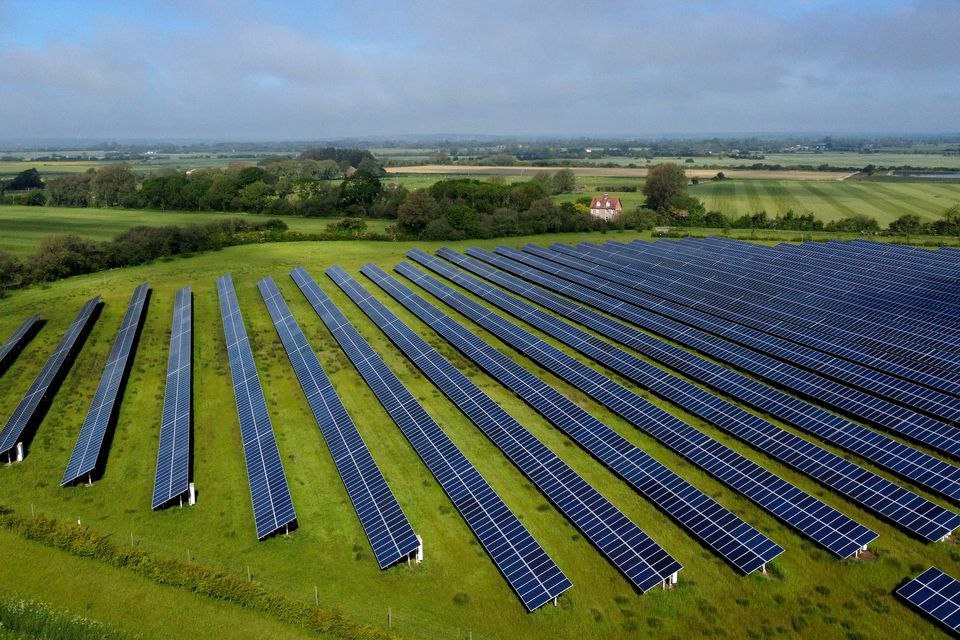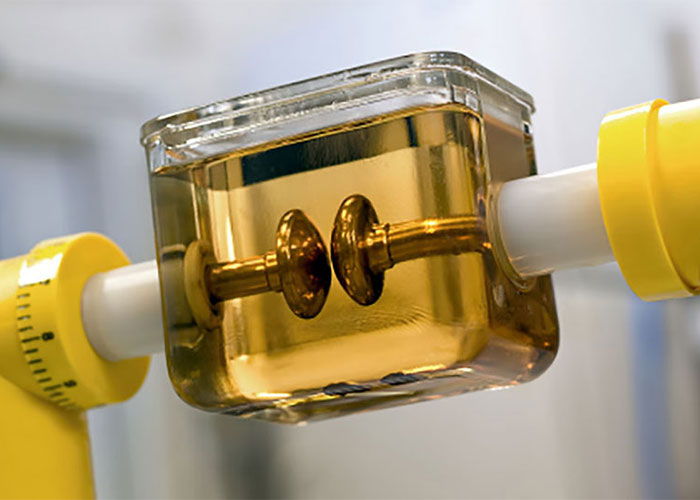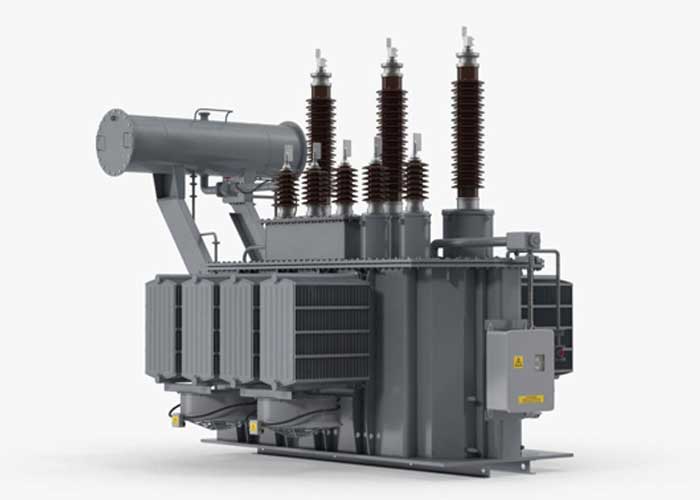small scale wind turbine and applications
Wind energy, like other sources of renewable energy, is geographically wide and at the same time scattered and decentralized and almost always available, wind energy has a fluctuating and intermittent nature and does not blow constantly.
What is a small wind turbine?
There are different definitions regarding the power range of small wind turbines. In general, small turbines are called turbines whose electric power range is lower than 1000 w to 300 kw.
Turbines less than 1000 w are suitable for use separately from the grid, such as for use in boats, etc.


Small hydropower plants:
Small hydroelectric power plants have a great global potential for electricity production, which have few environmental problems. These power plants, unlike large hydropower plants that are usually built using reservoir dams, are placed in the water path that flows down from the mountain heights or the shots that occur in the path of agricultural water channels, and also contain the sources of natural energy. And they produce electricity that no pollution enters the atmosphere for the production of electricity. The installed capacity of small hydropower plants in the world until 2004 is estimated at 47,997 megawatts. In our country, Iran, the installed capacity of small hydropower plants is estimated at 053.922 MW, and their operating capacity is 29.45 MW.
Plate-type thermal power plants:
In these power plants, reflectors that are shaped like plates are used to focus solar rays on a point, and the receivers that are placed in the center of the heat exchanger absorb heat energy with the help of the fluid flowing in it and with the help of a heat engine and generator It turns it into a mechanical and electrical type.
The detailed technical specifications of this dish are as follows.
Output power - 9 kW (12 horsepower)
Speed – 1500 rpm
Thermal efficiency - about 20%
Connected to the power grid - with a voltage of 400 volts and a frequency of 50 Hz
Thermal power plants of the central receiving type (CRS):
In these power plants, the solar rays are focused by farms consisting of a large number of reflecting mirrors called heliostats on a receiver that is placed on top of a relatively tall tower. As a result, a lot of heat energy is obtained on the place where the rays are focused, which is absorbed by the working fluid that moves inside the receiver and is transferred to the conventional water and steam system in traditional power plants by the heat exchanger and the superheated steam in the pressure And the temperature designed for use in the generator turbine is produced.
Solar thermal power plants of the linear parabolic type:
In these power plants, linear parabolic reflectors are used to focus the sun's rays in their focal line, and the receiver is located in a tube in the focal line of the reflectors. A special oil is flowing inside this tube, which is heated by the heat of the sun's rays. The hot oil passes through the heat exchanger and the water is transferred to steam to the conventional circuits in thermal power plants to be converted into electrical power with the help of steam turbine and generator. It should be noted that solar thermal power plants are often hybrid with fossil fuel power plants, so on cloudy days and similar cases, the required power is supplied through hybrid fossil fuel power plants with this system. For this reason, the speed of steam turbines used in these power plants can be controlled and fixed.
Tidal, thermal and wave power plants:
Seas and oceans are one of the sources of new energy that mankind is looking for in order to obtain cheap and non-polluting renewable energy. Various phenomena can produce energy from the sea. These factors include sea currents, tides and waves, water salinity, temperature, etc.
Tidal power plants work only 30% of the time. Near shore waves are used with 30% efficiency and the salt energy system works with only 10% efficiency. The capability of each method of producing energy from sea water is different and these methods depend on the physical conditions of sea water and the geographical location of the sea, etc. Three important methods of using sea and ocean energies include the following:
1- Tidal power plants (TIDE)
2- Power plants with temperature (TEMPERATURE)
3- Waves power plants
Biomass power plants:
Biomass is the largest potential source of renewable energy, the basis of biomass energy is the storage of solar energy in the process of photosynthesis in plant tissue. Through photosynthesis and solar energy consumption, plants take carbon dioxide from the air and make carbohydrates. About 112 kilocalories of solar energy are absorbed to produce each gram of carbon. About 8-15% of solar radiation can reach biomass consumption, but only 1% of sunlight is used for this purpose. Currently, more than 3200 megawatts of biomass power plants have been installed in the world and produce 195.2 terawatt hours of electricity or electricity and heat.



